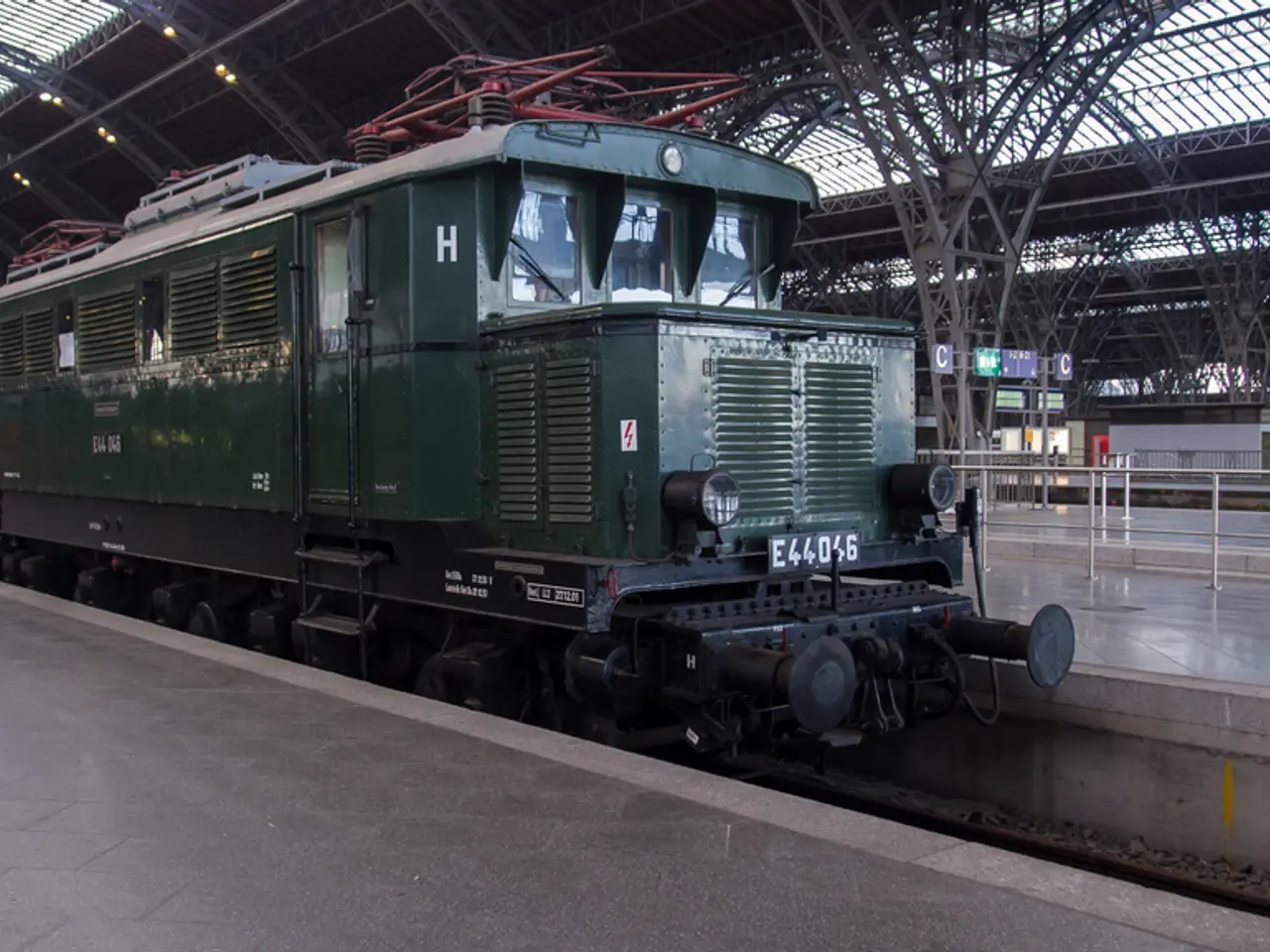Railway company Russian Sapsan set to introduce services in Nizhny Novgorod, Minsk, and Voronezh.
In a significant development for Russia's rail industry, Ural Locomotives in Verkhnyaya Pyshma is producing a fleet of 41 high-speed train sets. These state-of-the-art trains, leased to the "VSMPP" concessionaire for a period of 20 years, are set to revolutionise travel across the country.
The high-speed trains, reminiscent of the successful Sapsan trains currently operating on the Moscow to St. Petersburg route, are expected to reduce travel time between Moscow and St. Petersburg to a mere 2 hours and 15 minutes. This reduction in travel time is a testament to the efficiency of high-speed rail technology and its potential to transform Russia's transportation landscape.
While the Sapsan trains primarily serve the Moscow to St. Petersburg route, discussions are underway to expand the high-speed rail network across Russia. Potential routes include Moscow to Nizhny Novgorod, Moscow to Kazan, and various other regional routes. The Moscow to Nizhny Novgorod route is a promising candidate for high-speed services, although specific confirmations regarding the Sapsan trains are yet to be made.
The Moscow to Kazan route is also part of the planned high-speed rail development, with the aim of significantly reducing travel time, similar to what the Sapsan trains have achieved. As Russia continues to invest in its high-speed rail infrastructure, other regional routes may also be developed, potentially including Sapsan or similar high-speed trains. However, these plans are still in the preliminary stages.
It's worth noting that while these routes are potential candidates for future high-speed rail development, specific details about Sapsan trains operating on these routes are not yet confirmed. The launch of the High-Speed Rail in Russia is expected to gradually expand the network beyond the existing Moscow to St. Petersburg route.
Vice-Premier Vitaly Savelyev has confirmed that the high-speed trains can reach a top speed of 400 km/h, with a base speed of 360 km/h. These impressive speeds are made possible by the innovative design of the trains, which can operate effectively at temperatures ranging from -40 to +40 degrees, as confirmed by GTLK.
The deputy general director of RZD has stated that a decision on the routes for the Sapsans after the start of operations on the High-Speed Rail has not been made. Potential routes under consideration include Moscow - Minsk, Moscow - Nizhny Novgorod, and Moscow - Voronezh.
With the production and deployment of these new high-speed trains, Russia is poised to take a giant leap forward in its rail transportation, offering passengers faster, more efficient, and more comfortable travel experiences. The future of rail travel in Russia is undoubtedly exciting, as the country continues to invest in and develop its high-speed rail network.
The ambitious high-speed rail development in Russia might also include the automotive industry, as the successful Sapsan trains could potentially be utilized on proposed routes like Moscow to Minsk or Moscow to Voronegorod. This expansion would also have significant implications for the finance industry, as investments in the transportation sector are expected to increase due to the development and deployment of these high-speed trains.




